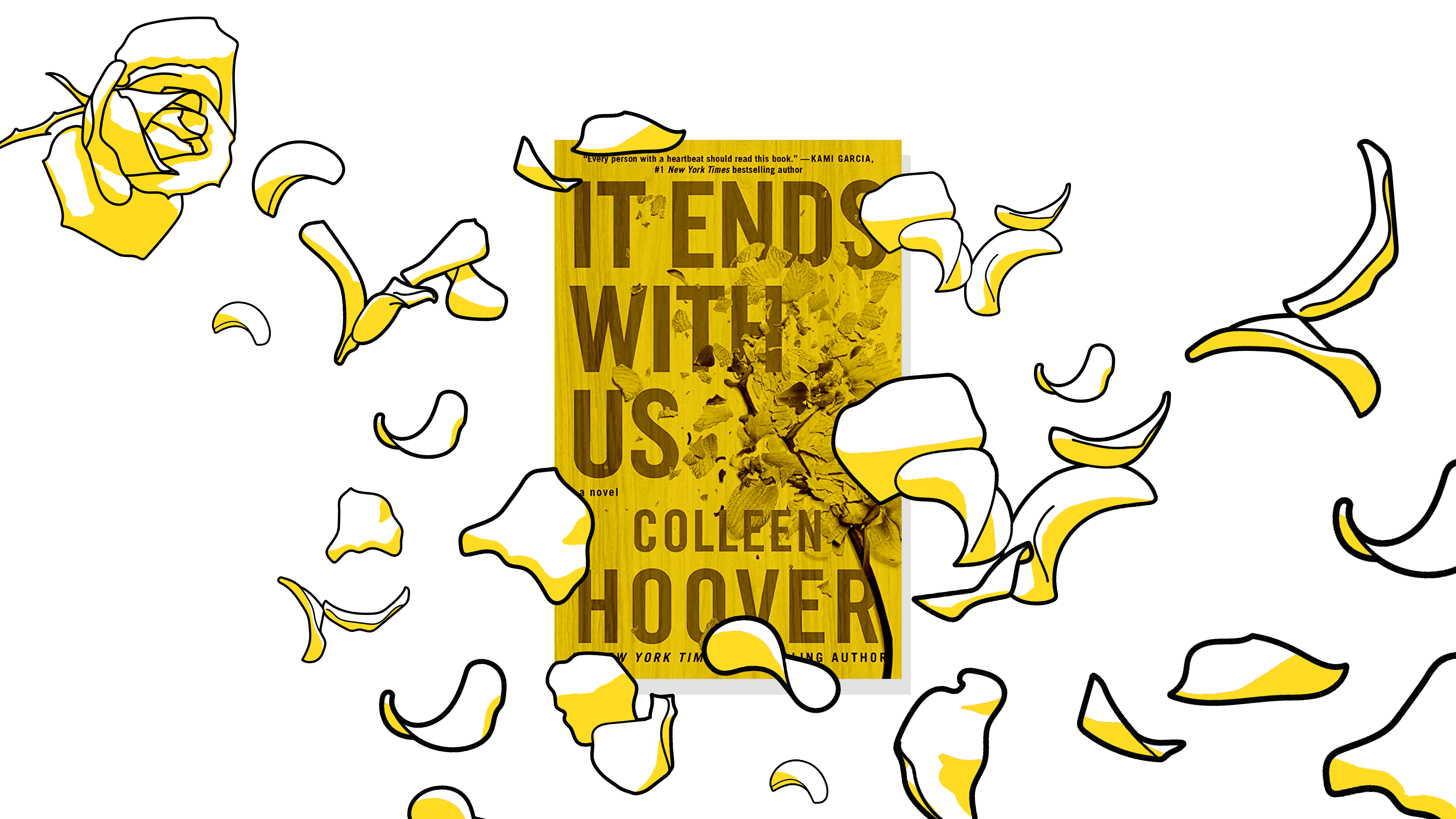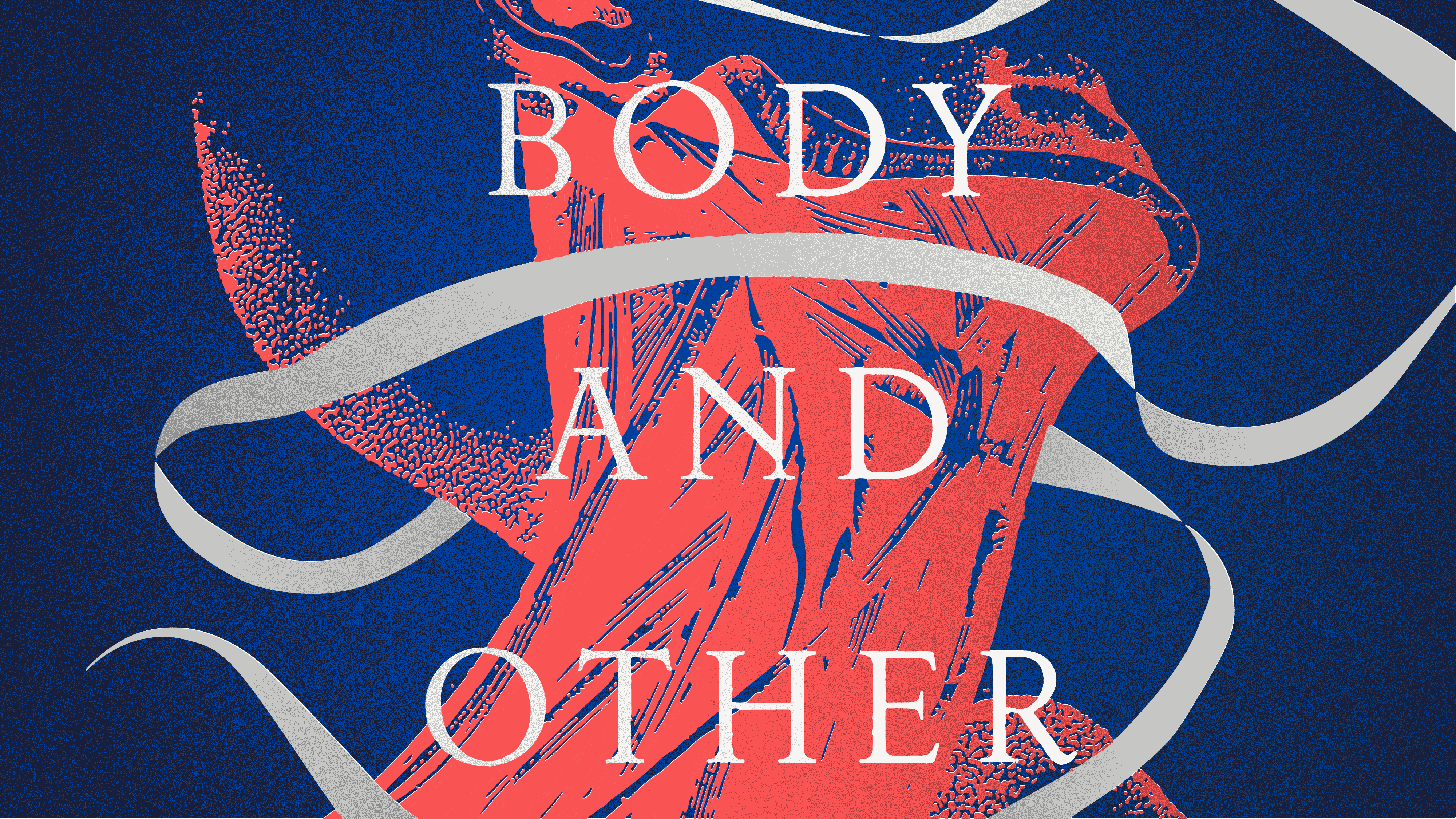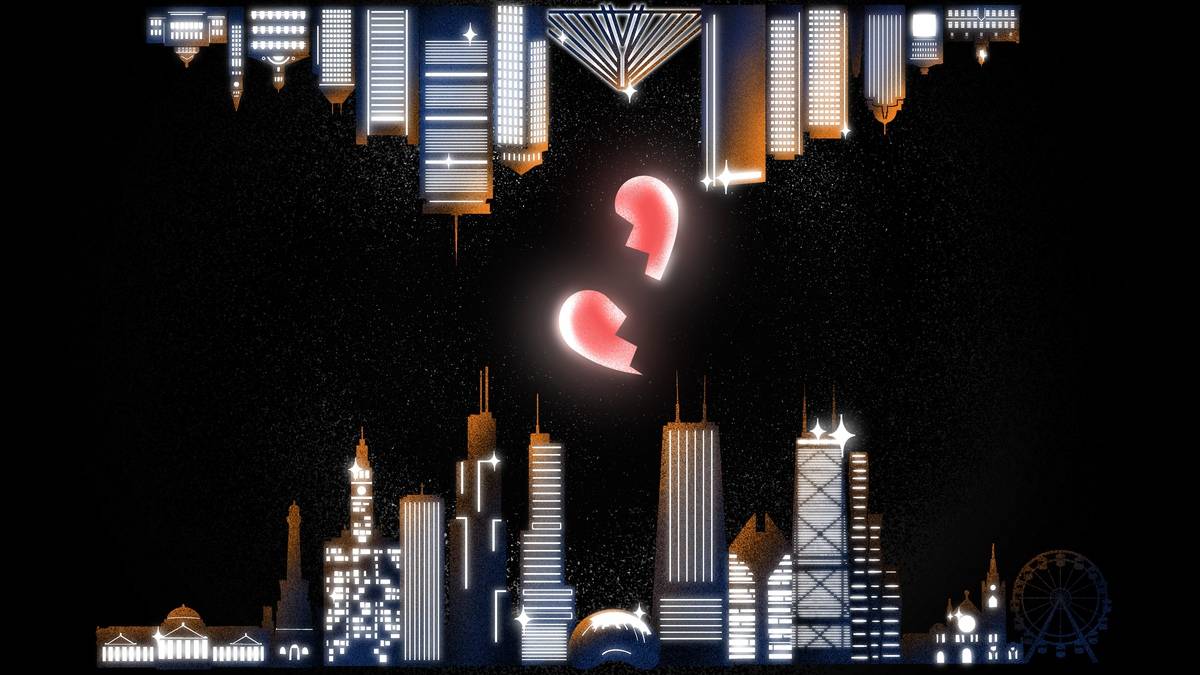I read Colleen Hoover’s 376-page novel “It Ends With Us” in four hours. And it wasn’t because I enjoyed it.
The book piqued my interest when I saw the backlash from online and magazine literature critics, while the book maintained massive popularity on youth-focused media platforms like TikTok. Critics condemn Hoover for romanticizing domestic violence by putting the dark conflict in the middle of a love triangle. They suggest that the book’s main protagonist, Lily Bloom, is at best a hallmark version of a victim.
“It Ends With Us” follows Lily Bloom through her teenage and young adult years, while navigating a new relationship with male neurosurgeon Ryle Kincaid, and trying to keep her past with chef Atlas Corrigan at bay. All the while, she’s balancing self-agency and a florist shop. I turned the first page with the lowest of expectations, the literature snob in me cackling. I tallied every time I did a big eye roll. By page 150, I had 47. Still, it was a bit funny, and I admit I cracked a cringed laugh every now and then at Lily’s cheesiest inner monologue moments and the plot’s bad-boy-meets-soft-girl twists and turns; the remaining teenage parts of my heart sighed at Ryle’s suave nature, pined over the lost love of Atlas, and broke over Lily’s family history. All of this in good fun. Hoover is no Charlotte Bronte or Zadie Smith when it comes to words. I swallowed the novel like a bag of chips I’d burn off on the way home, and read something more substantial to make up for it later.
When I reached page 200, I put down the stubbed pencil I’d been using to tally eye rolls. I left the book at my desk, left the room, and did not read the remaining pages for an hour.
Hoover gets a lot wrong in this book; while her intentions with the novel show a heart of gold, her execution misses the mark almost entirely, despite her personal familial experience with the subject. There are too many authorial moments where she denounces domestic violence but at the same time defends abusers, using traumatic backstories to explain Ryle’s “outbursts.” I can see and understand critics’ worries when they state that young people will read this and think dangerous romance is the first definition of love. There are heavy moral mistakes in seemingly using domestic violence as a plot pusher for a romance arc.
But Hoover does get one thing very right: Victims are not perfect. More times than not, they will make the wrong decision. Despite the many red flags, Lily continues to try to understand and explain away Ryle’s actions and has convinced herself “[he] is not a monster. [He’s] only human.” (189).
On page 200, it came to a head for me. I did not expect a scene to come even remotely close to what the truth of violence between partners looks like. It’s a silly little book that gets everything wrong, right? But I wasn’t pacing the 14th floor of the Lakeview building over nothing. I was deeply angry and considerably triggered. This is what Hoover gets right: Where there is such violence, there’s this sick love, and Lily, like many other victims, is determined to stay in it. We believe we can fix these people, we believe we can help them, sometimes they even outright ask us to like Ryle asks of Lily, and we are the only ones that can. It’s not lost on the reader that Ryle also controls Lily’s finances when it comes to housing, another complicated reason why she can’t fully leave him. Lily’s loved ones respond in realistic ways by defending his actions or making light of the situation. Even Ryle’s sister, Allyssa, does not step in until the final straw, which includes more than one type of assault.
The conversation around victims seems to halt at the idea that after a few times, the victim is at fault for what occurs, and sympathy diminishes. I very frequently hear the “on paper” argument — if a victim wrote down everything on paper that they had put up with and endured, it would read stupid. Except, victims aren’t pieces of paper. Victims are human. And they are making split decisions in near-impossible situations.
So yes, Lily’s decision to have Ryle still involved in her child’s life is stupid. The multiple chances she gives him are stupid. The thought process behind ever trying to help an abuser change is stupid. It’s all very ignorant, and that’s the point. This dangerous naivete is extremely difficult to navigate and escape, but perhaps I give Hoover too much credit with her character intentions. I do worry for young readers who might not have the maturity and experience of older ones to conclude that while this is marketed as a romance novel to push sales, it’s anything but.
I did finish the book, reading it as fast as I could so I would never have to read it again, because I don’t recommend it. Let this review be enough for you. There are many other novels out there that depict these relationships better without needing to use sex and romance as a hinge of interest. But did “It Ends With Us” craft massive online discord surrounding domestic violence, a subject usually hidden in the corners of bookstores? Yes, it did. Does Hoover create characters we want to commit acts of violence against ourselves? Yes, she does.
I’ll end with this: This conversation you and I are having should not end with us, and it sure as hell should not end with Colleen Hoover. Keep talking.






















